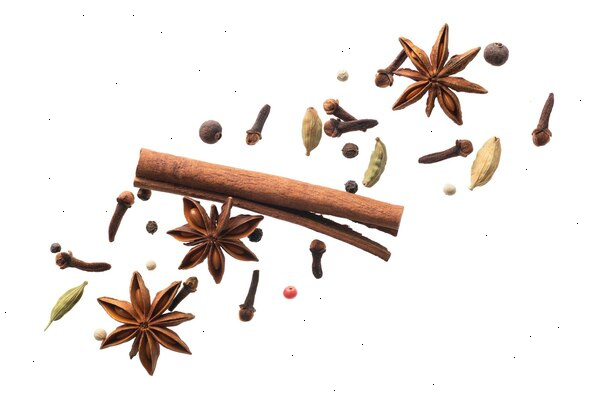Exploring British Culinary Traditions
British cuisine often evokes a puzzle for those who have never delved beyond the stereotypical fish and chips or a classic English breakfast. However, the culinary traditions of the United Kingdom are rich, varied, and steeped in a deep history that reflects the multiculturalism woven into the British fabric over generations.
At the heart of British culinary traditions is a dedication to hearty, wholesome fare, largely driven by the country’s agrarian past and unpredictable climate. Staples such as meat, potatoes, and root vegetables abound, prepared in simple yet fulfilling ways. Roast dinners exemplify this, with roasted beef, pork, or lamb served alongside Yorkshire puddings, roasted potatoes, and seasonal vegetables, often consumed with a generous splash of gravy. This ensemble has become a Sunday ritual in many British households, a testament to communal dining and tradition.

Puddings and British desserts reveal another layer of this culinary narrative, unfolding stories of region-specific recipes carried down through generations. The famed sticky toffee pudding, with its indulgent combination of dates and caramel sauce, and the summery delight of Eton mess, mix of strawberries, meringue, and whipped cream, exemplify this tradition of balancing flavors and textures. The traditional British teatime offers more than just a meal—it’s an institution. Scones, clotted cream, and jam provide the quintessential experience, savored with an assortment of teas from around the former British Empire.
Where British cuisine becomes especially intriguing is in its tapestry of external influences, resulting from colonial and global interactions. Take, for example, the ubiquitous chicken tikka masala, often touted as a national dish despite its Indian origins. This dish represents the adaptive nature of British cuisine and its embrace of diverse flavors.
Regional specialties also play a pivotal role in British culinary traditions, often reflecting local produce or cultural heritage. The Cornish pasty, originally a portable meal for miners, is a savory pastry stuffed with meat and vegetables, while the Scottish haggis offers a hearty, spiced dish made from sheep’s offal, reflecting the nose-to-tail eating habits of the past.
Moreover, the contemporary British culinary scene has seen a renaissance, blending traditional practices with modern techniques and flavors. The resurgence of interest in farm-to-table dining and sustainability has impacted food production and consumption, with local, seasonal ingredients highlighted in ways respecting the old yet embracing the new.
This exploration of British culinary traditions underscores a national story told through its dishes, where history, culture, and innovation infuse every bite. As Britons and visitors alike gather around tables laden with both time-honored and contemporary creations, one thing remains clear: British cuisine is as dynamic as it is rooted, offering a rich tapestry of flavors and traditions to explore and savor.